Voices from the Skeena
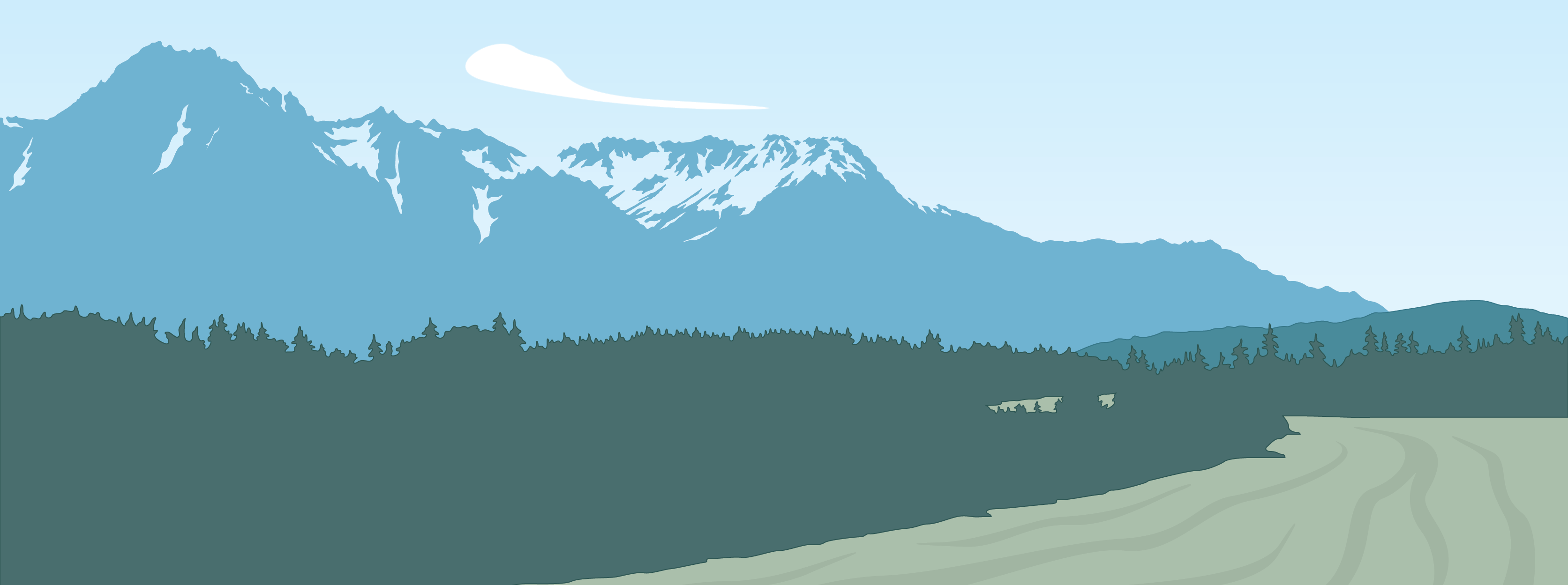
Voices from the Skeena
An Illustrated Oral History
Roy Henry Vickers and Robert Budd

The Skeena River is the namesake of the Gitxsan people. The Skeena is the lifeblood of the earth and the people. The threat to all life on the Skeena River from the installation of liquefied natural gas pipelines is real.
The Babine, Kispiox, Bulkley, Kalum, Sustut and many other feeder rivers to the Skeena are in danger. Heavy machinery will destroy the small streams where all species of salmon spawn each year. The livelihood of people in towns all along the Skeena is threatened. Most big-industry jobs will go to workers from outside the region, as they do now.
When will we learn that the environment is what sustains us, not money and jobs? We must protect the land that has sustained us for millennia.
Roy Henry Vickers, 2019
Contents
Authors Note
Through interviews and audio recordings, CBC radio producer Imbert Orchard and sound technician Ian Stephen have provided us with a window into the past, allowing British Columbians to speak for themselves across time and place. Visit http://memoriestomemoirs.ca/skeena to immerse yourself in the original sounds of the stories in this book by listening to the speakers narrate their own experiences while you follow along with the text and art.
Among many First Nations, a feather is used in talking circles. When people sit together to communicate, the feather is passed from one person to the next. When a person is handed the feather, it is their time to speak and for others to listen. The feather symbol  on the following pages indicates the beginning and end of an audio clip, as these voices from the past take their turns speaking into our present. We encourage you to listen along.
on the following pages indicates the beginning and end of an audio clip, as these voices from the past take their turns speaking into our present. We encourage you to listen along.
Preface
In 1959, Canadian Broadcasting Corporation radio producer Imbert Orchard embarked upon a seven-year journey to record, as he called it, the story of the province. He recognized that the non-Indigenous population of what is now British Columbia had swelled from approximately a couple hundred people in January of 1858 to over 400,000 by the First World War. He knew that the people who lived through these changes were starting to die, and he took it as his mission to record the stories of as many of them as he could. In doing so, he ended up recording 998 people and amassing one of the largest oral history collections in the world.
With sound technician Ian Stephen, Orchard criss-crossed the province talking with totem carvers, road and railway builders, miners, homesteaders, farmers, ranchers, artists, lighthouse keepers, sailors, merchants, officers and so many others. The more than twenty-seven hundred hours of recordings are a remarkable resource and a fascinating and crucial part of British Columbias history. In fact, Orchard was able to produce two hundred radio programs from the source material and mused that he used on air less than 10 per cent of what he and Stephen had recorded.
Voices from the Skeena is a direct result of these recordings, which brought the two of us together. Roy recalls, When I was a teenager, I was moved from my home community of Hazelton on the Skeena River to Victoria for high school, where I encountered discrimination for the first time. I realized discrimination is ignorance, and I felt I needed to teach people about the beauty and richness of my fathers people and the lands they came from. I began to study my ancestors and their art and culture. My art teacher, Mr. William West, directed me to the Victoria Public Library, where I found the writings of the anthropologist Franz Boas who did fieldwork in Indigenous communities on the Northwest Coast, and then on to the provincial museum in the legislative building, where I found the stories recorded by Imbert Orchard and published in a quarterly magazine called Sound Heritage. I loved listening to the old people and stories of the Skeena River in those recordings, and they helped me stay in touch with my home country. I also met the anthropologist Wilson Duff at the museum, and he set me on the path of learning about art and culture that I continue to walk today.
On October 22, 2012, I received an email from Roy introducing himself, remembers Robert (Lucky), and asking about recorded oral histories of the Skeena that he had heard at the Royal BC Museum in the 1960s. In the summer of 2000 I was hired by the CBC and the BC Archives to thread those tapes up and digitize them. I have always had a deep passion for stories, storytelling and recording, but just one week into my contract that first summer I picked up a tape labelled PatenaudeHorsefly and immediately I realized that I was sitting on a treasure trove of recordings: here were peoples ancestors, speaking in a language they could understand, about places they knew. Among my closest friends is Pharis Patenaude (now better known as the Juno Awardwinning singer-songwriter Pharis Romero) who is fifth-generation from Horsefly, BC. The tapes in my hand held recordings of Orchard speaking with her great-great-grandfather and great-great-uncle, who were among the first non-Indigenous settlers in the Cariboo region. Phariss family had no idea these tapes even existed! I knew in that moment that I could not simply leave the recordings I was processing as mere finding aids for the collection. I was inspired to bring this material back out into the world: first I made the collection the subject of my masters thesis, then I began to share these stories in books and through a radio series on the CBC. This expertise meant I knew where to find the exact recordings Roy was looking for!
These days, says Roy, my research has brought me back to the north, guided by my love of the land, the culture and the people. As an Elder in my community, people often seek my knowledge and I continue as a teacher. When Lucky and I spoke on the phone after he received my email, we hit it off immediately. We decided we should meet in person when I was next in Tofino, and we agreed that day to begin working together on my biography.
And as we started on that project, the sparks really started to fly and we got excited about all the books we could do! For a while we got sidetracked telling the beautiful stories in the Northwest Coast Legends series. These stories come from Oral Tradition and have been passed down from generation to generation, evolving over time. First came our illustrated book Raven Brings the Light (2013), and then Cloudwalker (2014), Orca Chief (2015) and Peace Dancer (2016). Every time we got together to work on those books, we continued to come up with many other exciting ideas and projects and we often talked about our shared love of Orchards stories.
It seems logical now to think that wed make the leap from Oral Tradition to oral history, but ironically it took a few years for the idea to seed itself. And when it did, we both hit on the idea at the exact same time! Voices from the Skeena is a journey that began with Imbert Orchard in 1959, was passed along to Roy in the 1960s and then entrusted to Lucky in the early 2000s. All of us have come together in this book to pass along these stories to you. Remember, these stories were spoken and are meant to be heard, so we encourage you to listen along with the audio while you follow along with the text and take in Roys images.



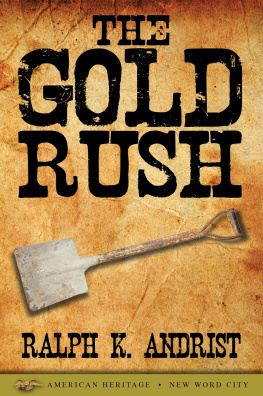
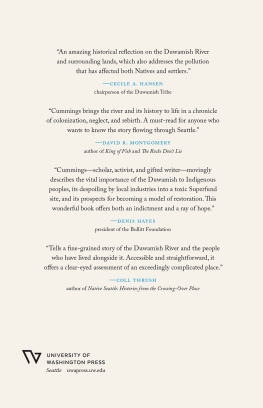
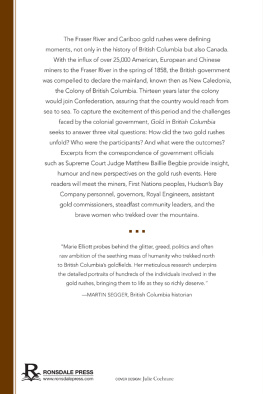
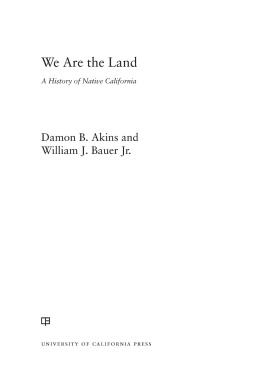
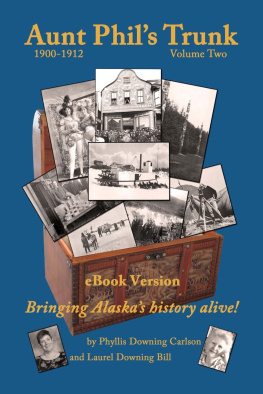
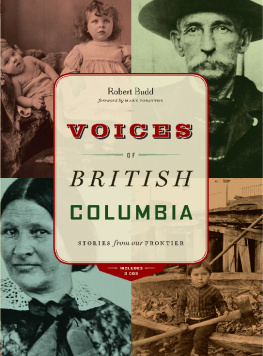
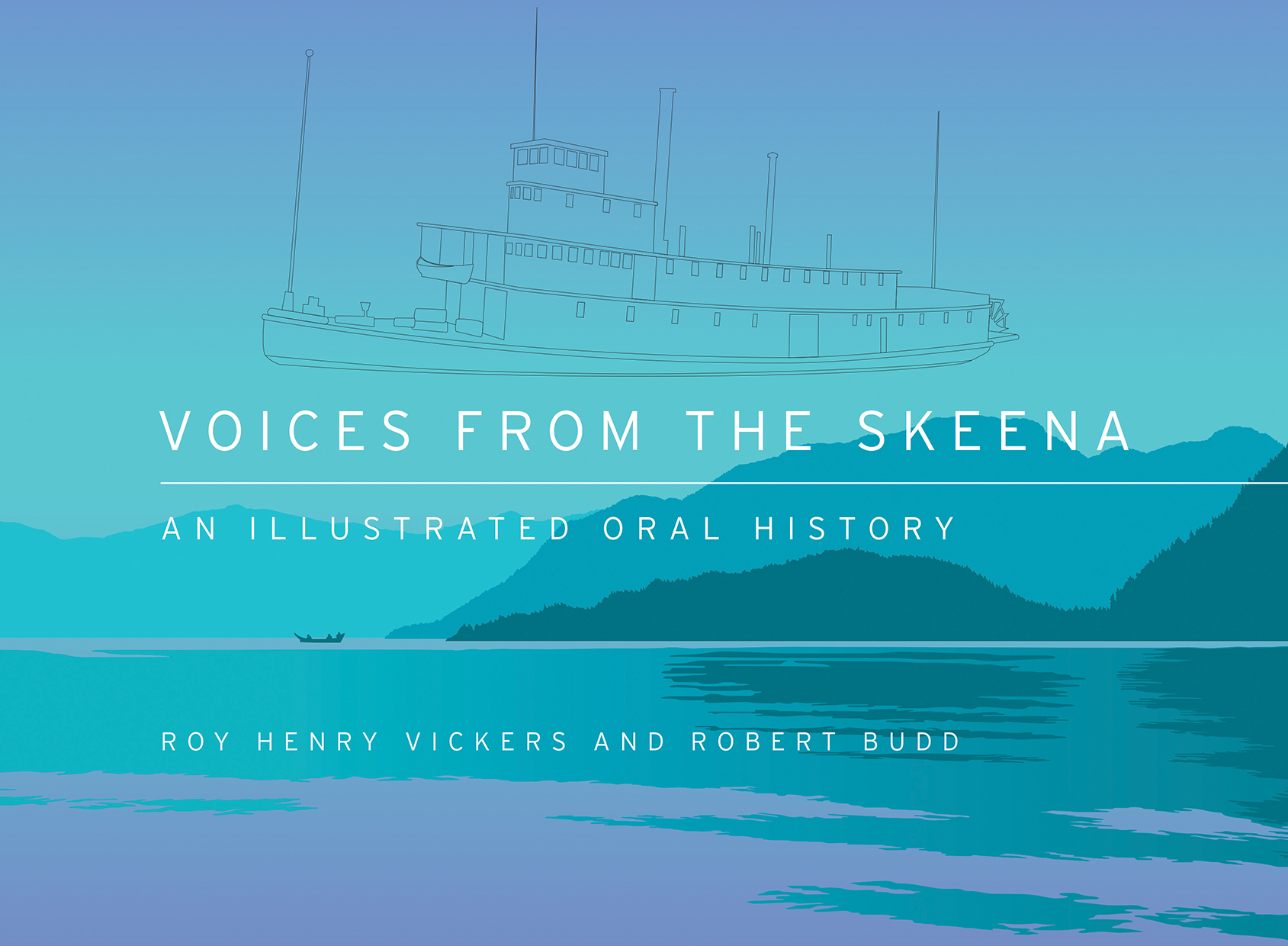


 on the following pages indicates the beginning and end of an audio clip, as these voices from the past take their turns speaking into our present. We encourage you to listen along.
on the following pages indicates the beginning and end of an audio clip, as these voices from the past take their turns speaking into our present. We encourage you to listen along.